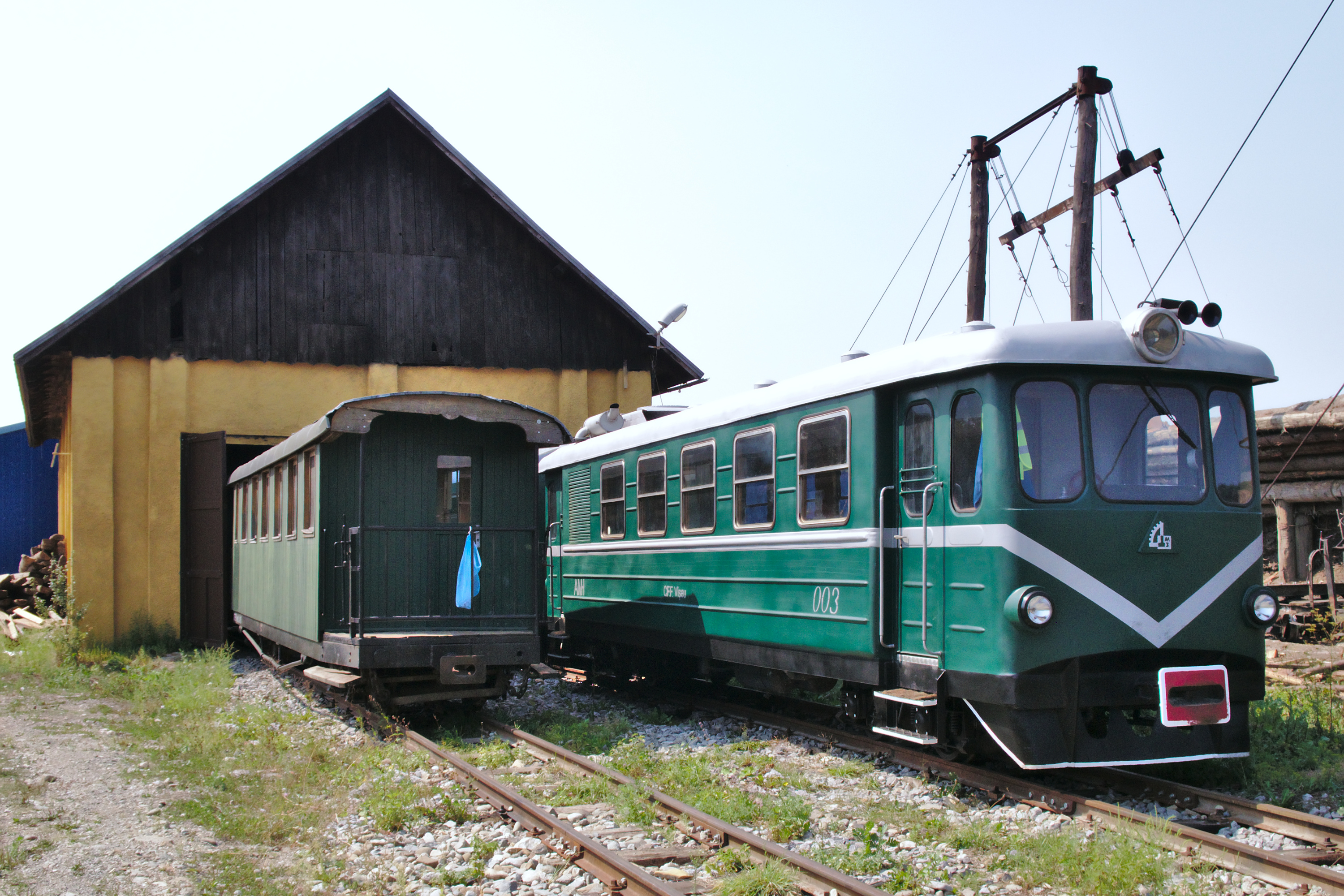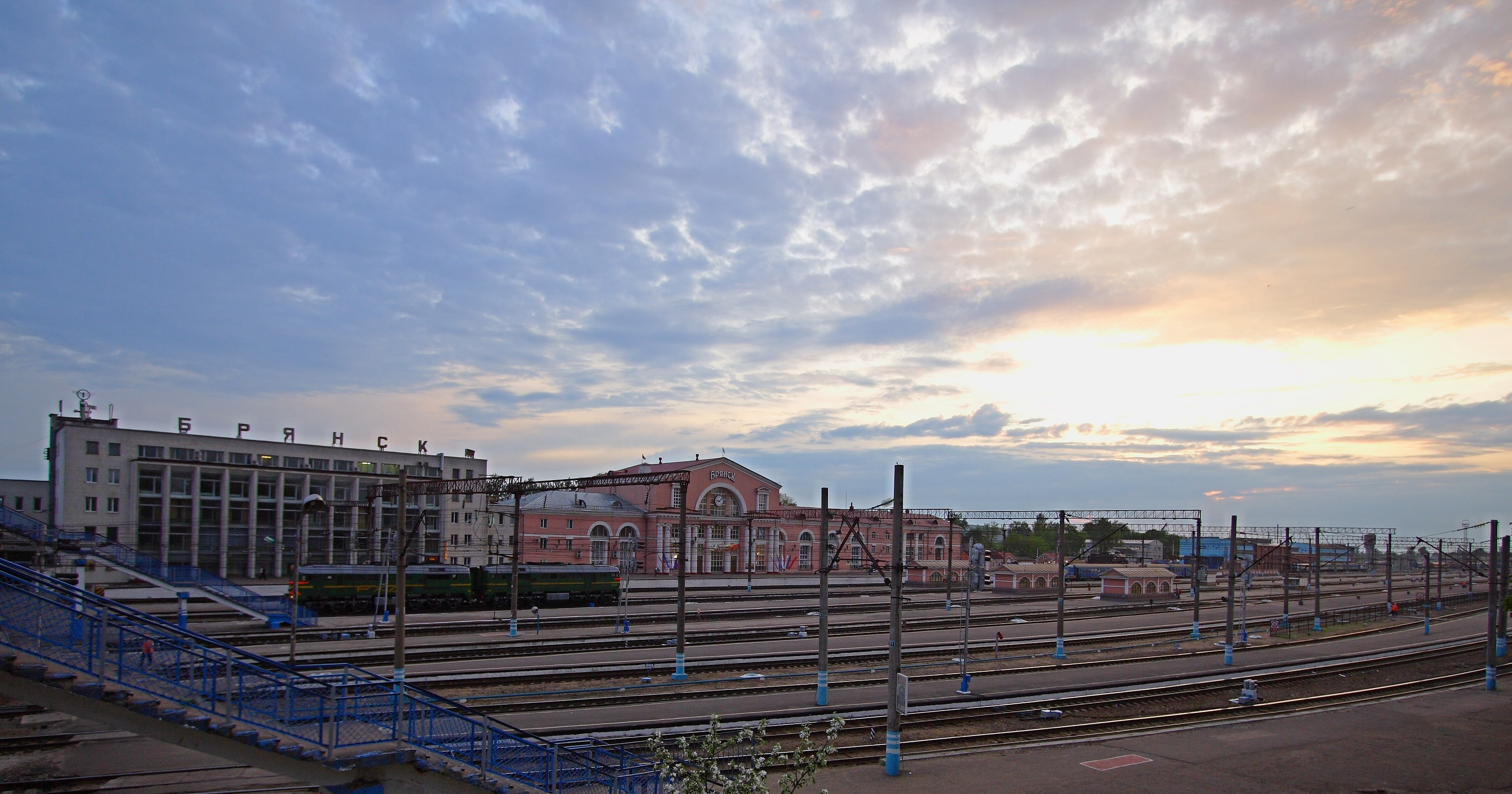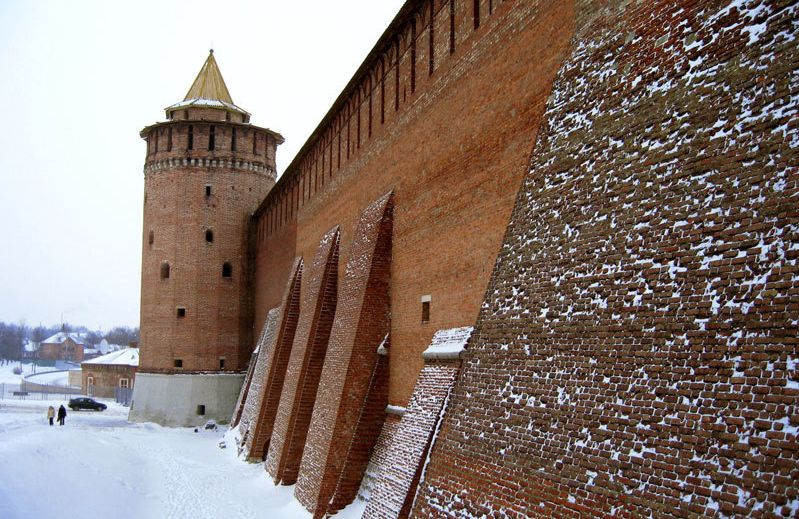|
Railway Engineering Of Russia
This is an overview of rolling stock manufacturers of Russia, which includes historical and current information. History In 1834 the Cherepanovs, Cherepanov brothers, engineers from the Nizhny Tagil Iron and Steel Plant, built Russia's first steam locomotive. Three years later the Tsarskoye Selo Railway, the country's first public railway, opened. In 1845, the Alexander Factory in Saint Petersburg built its first locomotives. The Kolomna Locomotive Works, Kolomna Factory and Kama-Votkinsk began production in 1868. Two years later, the Malcev and Nevsky Plants began production. In 1924 the first Russian mainline diesel locomotives, the Russian locomotive class E el-2, E el-2 and Russian locomotive class shch-el-1, Shch-el 1, Diesel locomotive#First functional diesel vehicles, entered service. Two years later the first electrified suburban section of the Baku-Sabunçu, Baku, Sabunçu railway was put into service, marking the beginning of commuter-train production. In 1932, the first e ... [...More Info...] [...Related Items...] OR: [Wikipedia] [Google] [Baidu] |
Cherepanovs
Yefim Alekseyevich Cherepanov (russian: Ефи́м Алексе́евич Черепа́нов; 1774 – 1842), and his son Miron Yefimovich Cherepanov (russian: Миро́н Ефи́мович Черепа́нов; 1803 – 1849) were Russian inventors and industrial engineers. They were serfs of the Demidovs – a famous family of factory owners. In 1810s, Yefim built a progressive machine-building plant, equipped with a full range of innovative metal-cutting lathes (such as screw-cutters, gear-cutting serrating machines and others). From 1822 until his death, Yefim was chief mechanic for all the factories in the town of Nizhny Tagil. Miron was his apprentice and in 1819 was appointed his deputy. Miron became chief mechanic after his father's death. Innovations Industrial machinery The Cherepanovs significantly improved the machinery that had been used in blast-furnace and gold-mining industries, iron and copper works, sawmills, and flourmills. Steam engines The most interest ... [...More Info...] [...Related Items...] OR: [Wikipedia] [Google] [Baidu] |
Transmashholding
CJSC Transmashholding (russian: Трансмашхолдинг) is the largest manufacturer of locomotives and rail equipment in Russia and after merging with LocoTech service the fourth largest engineering company in the field of transport technology globally. The company includes 14 engineering and production sites in Russia and one production and engineering site in Germany as well as investments in Argentina.About the Company History CJSC Transmashholding was established in 2002. In 2012, Transmashholding took in 130 billion rubles in revenue. This revenue represents a 22 percent increase over 2011 revenues.TMH BOOSTS SALES 22% IN 2012", ''Ukraine Business Daily'', 5 March 2013, accessed 13 March 2013 via Nexis Due to the |
Moscow Region
Moscow Oblast ( rus, Моско́вская о́бласть, r=Moskovskaya oblast', p=mɐˈskofskəjə ˈobləsʲtʲ), or Podmoskovye ( rus, Подмоско́вье, p=pədmɐˈskovʲjə, literally " under Moscow"), is a federal subject of Russia (an oblast). With a population of 7,095,120 ( 2010 Census) living in an area of , it is one of the most densely populated regions in the country and is the second most populous federal subject. The oblast has no official administrative center; its public authorities are located in Moscow and Krasnogorsk (Moscow Oblast Duma and government), and also across other locations in the oblast.According to Article 24 of the Charter of Moscow Oblast, the government bodies of the oblast are located in the city of Moscow and throughout the territory of Moscow Oblast. However, Moscow is not named the official administrative center of the oblast. Located in European Russia between latitudes 54° and 57° N and longitudes 35° and 41 ... [...More Info...] [...Related Items...] OR: [Wikipedia] [Google] [Baidu] |
Orehovo-Zuyevskii Raion
Orekhovo-Zuyevsky District (russian: Оре́хово-Зу́евский райо́н) is an administrativeLaw #11/2013-OZ and municipalLaw #67/2005-OZ district (raion), one of the thirty-six in Moscow Oblast, Russia. It is located in the east of the oblast. The area of the district is . Its administrative center is the city of Orekhovo-Zuyevo (which is not administratively a part of the district). Population: 121,916 ( 2010 Census); Geography The landscape of the district is mostly a hilly plain with average altitude of about above sea level. Climate, flora, and fauna are common for Meshchera Lowlands. Main rivers include the Klyazma River with its tributaries the Vyrka, the Senga, and the Bolshaya Dubna. The district has significant peat reserves. Administrative and municipal status Within the framework of administrative divisions, Orekhovo-Zuyevsky District is one of the thirty-six in the oblast. The city of Orekhovo-Zuyevo serves as its administrative center, despite be ... [...More Info...] [...Related Items...] OR: [Wikipedia] [Google] [Baidu] |
Demikhovsky Machine-building Plant
Demikhovo Machinebuilding Plant or Demikhovsky Engineering Plant (russian: Демиховский машиностроительный завод, translit=Demikhovsky mashinostroitelny zavod, abbreviated DMZ) is a Russian open joint-stock company that makes trains. It has been awarded the Order of the Red Banner of Labour. The company became part of Transmashholding in accordance with the Decree of the Governor of Moscow Region Boris Gromov of 20 July 2001, submitted to the departmental submission to the Committee on Transport, Moscow region. History Since its inception in May 1935, the profile of Demikhov changed several times. There were activities in chemical engineering and the peat industry. But since 1992, the main products manufactured are electric multiple unit trains on 3000 V DC and 25 kV VAC at 50 Hz. During its life, Demikhov has produced seventeen different types of trains and produced over 3,000 examples, operated in Russia, Ukraine, Belarus and ... [...More Info...] [...Related Items...] OR: [Wikipedia] [Google] [Baidu] |
2TE25A
The 2TE25A main line two-unit diesel freight locomotive, rated at , with AC/AC transmission and individual axle traction control, is designed to haul freight trains on the Russian Federation lines RŽD with the broad gauge. 2TE25A diesel locomotive has been configured on the basis of the previously developed 2TE25K class ''Peresvet'' main line two-unit diesel freight locomotive of the same power rating and featuring AC/DC transmission and collector traction motors. * Starting tractive effort — 2×441 kN * Continuous tractive effort — 2×390 kN See also * History of rail transport in Russia * 2ES10, EP20 EP, ep, or Ep may refer to: Arts and entertainment Music * Extended play, a recording that contains more than a single, but less than a full album * Electric piano * Entity Paradigm, a Pakistani rock band * ''EP'' (The 77s EP), 1999 * ''EP'' (B ... - another Russian new generation locomotives in serial production. References Co-Co+Co-Co locomotives Diesel-electric ... [...More Info...] [...Related Items...] OR: [Wikipedia] [Google] [Baidu] |
Bryansk
Bryansk ( rus, Брянск, p=brʲansk) is a city and the administrative center of Bryansk Oblast, Russia, situated on the River Desna, southwest of Moscow. Population: Geography Urban layout The location of the settlement was originally associated with navigable river-routes and was located in the area of the Chashin Kurgan, where the fortress walls were erected. For reasons that have not yet been clarified, the city changed its location and by the middle of the 12th century had established itself on the steep slopes of the right bank of the Desna on Pokrovskaya Hill (russian: Покровская гора). The foundations of the future urban development of the city were laid even earlier, when around the city-fortress in the 17th century after the Time of Troubles of 1598-1613 on the coastal strip at the foot of the Bryansk fortress the posadskaya "Zatinnaya Sloboda" was upset, and on the upper plateau, between Verkhniy Sudok and White Kolodez - the "Streletskaya Slobod ... [...More Info...] [...Related Items...] OR: [Wikipedia] [Google] [Baidu] |
2TE70
The 2TE70 is a Russian main line dual unit freight diesel locomotive, rated at . It has AC/DC transmission and individual axle traction control and is designed to haul freight trains on the Russian Federation lines RŽD with . The 2ТE70 Freight diesel locomotive with two six-axle sections shares main parts with the TEP70 and TEP70BS passenger diesel locomotives. Each section is rated at and it is designed for running freight trains of up to . The 2TE70 also shares a number of components with the TEP70BS and TEP70U passenger locomotives. See also * The Museum of the Moscow Railway, at Paveletsky Rail Terminal, Moscow * Rizhsky Rail Terminal, Home of the Moscow Railway Museum * Varshavsky Rail Terminal, Home of the Central Museum of Railway Transport, Russian Federation * History of rail transport in Russia Russia was and is the largest country in the world. Its geography of north–south rivers and east–west commerce, plus, importantly, the mostly flat terrain, made it v ... [...More Info...] [...Related Items...] OR: [Wikipedia] [Google] [Baidu] |
TEP70
The TEP70 is a main line single-unit diesel locomotive, rated at , with AC/DC transmission and individual axle traction control, designed to haul passenger trains on the Russian gauge railway network of eastern Europe. As of 2022, it is still in service in Russia, Ukraine, Belarus, Estonia, Latvia, Lithuania, and Kazakhstan. It is the successor to the TEP60, with many design elements is derived from that locomotive; however, the engine was replaced by a four-stroke one. TEP70, especially its experimental batch (first 7 locomotives), incorporated some features of British Rail HS4000, for example, its bogies and some elements of driving control equipment. Later batches of this locomotive incorporated some design features from TEP75 experimental locomotive and predecessor TEP70. Final batches, produced until 2006, also had several important improvements. The TEP70 diesel locomotive has been used as the basis of two other sub classes, the TEP70BS and the TEP70U. The TEP70 also s ... [...More Info...] [...Related Items...] OR: [Wikipedia] [Google] [Baidu] |
Kolomna
Kolomna ( rus, Колóмна, p=kɐˈlomnə) is a historical city in Moscow Oblast, Russia, situated at the confluence of the Moskva and Oka Rivers, (by rail) southeast of Moscow. Population: History Mentioned for the first time in 1177, Kolomna was founded in 1140–1160 according to the latest archaeological surveys. Kolomna's name may originate from the Old Russian term for "on the bend (in the river)", especially as the old city is located on a sharp bend in the Moscow River. In 1301, Kolomna became the first town to be incorporated into the Moscow Principality. Like some other ancient Russian cities, it has a kremlin, which is a citadel similar to the more famous one in Moscow and also built of red brick. The stone Kolomna Kremlin was built from 1525–1531 under the Russian Tsar Vasily III. The Kolomna citadel was a part of the Great Abatis Border and, although much of the surrounding wall was removed in the eighteenth century and materials used to construct other ... [...More Info...] [...Related Items...] OR: [Wikipedia] [Google] [Baidu] |
EP20
EP, ep, or Ep may refer to: Arts and entertainment Music * Extended play, a recording that contains more than a single, but less than a full album * Electric piano * Entity Paradigm, a Pakistani rock band * ''EP'' (The 77s EP), 1999 * ''EP'' (Beth Ditto EP), 2011 * ''EP'' (Childish Gambino EP), 2011 * ''EP'' (Crystal Antlers EP), 2008 * ''EP'' (The Fiery Furnaces album), 2005 * ''EP'' (The Format EP), 2002 * ''EP'' (Luna EP), 1996 * ''EP'' (Matchbox Twenty EP), 2003 * ''EP'' (Mogwai EP), 1999 * '' (The EP)'', an EP by Owen, 2004 * ''The EP'' (3for3 EP), 2015 * ''The EP'' (Frank n Dank album), 2007 * ''E.P.'', an EP by Alkaline Trio, 2020 * ''EP'', an EP by Hope & Social, 2008 * ''EP'', an EP by Red Flag, 1996 Other uses in arts and entertainment * ''EP Daily'', an entertainment-media news TV show * Episode, sometimes abbreviated as ''Ep'' or ''ep'' * Executive producer, a non-technical producer of an entertainment production Businesses and organisations Government and ... [...More Info...] [...Related Items...] OR: [Wikipedia] [Google] [Baidu] |
Electric Locomotive EP1
Electric locomotive EP1 is a Russian electric locomotive which has been produced by Novocherkassk Electric Locomotive Plant since 1998. It is the first Russian passenger electric locomotive with the 2o-2o-2o or Bo-Bo-Bo axle arrangement. There are, as December 2016, 866 of these locomotives. History In the 1990s there were few passenger electric locomotives in Russia. The existing ''Chesh'' electric locomotives CHS4 and CHS4t were rather old to head passenger trains. A decision was therefore taken to commission a new electric passenger locomotive. The first example of this locomotive was made in 1998, based on the existing VL65 design and modified for passenger traffic. The locomotive proved successful and was ordered in large numbers. Modifications Electric locomotive EP1M This locomotive is an EP1 with a new driver's cab, as featured in the 2ES4K locomotive. This cab features a new modern control console, and climate control. This variant first appeared in 2007. Ele ... [...More Info...] [...Related Items...] OR: [Wikipedia] [Google] [Baidu] |





